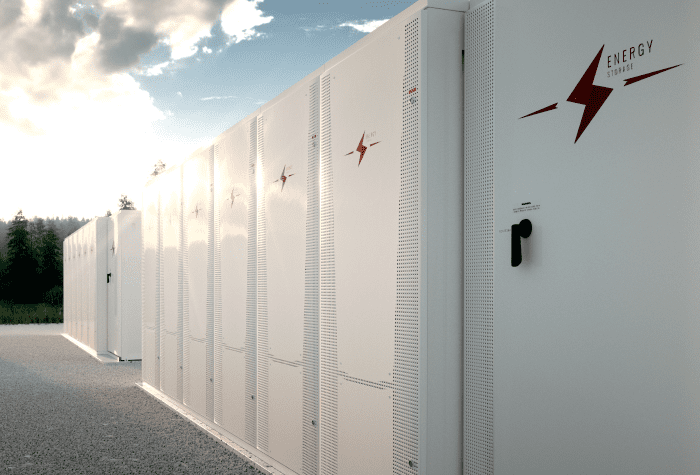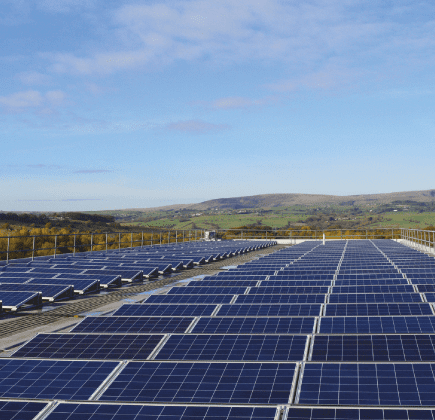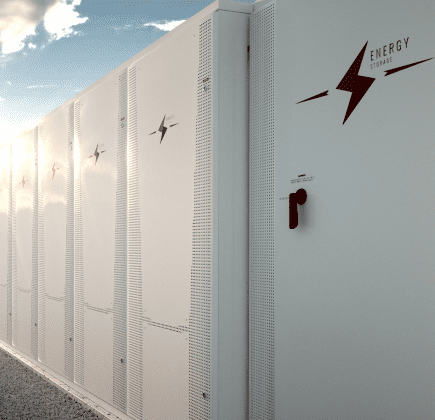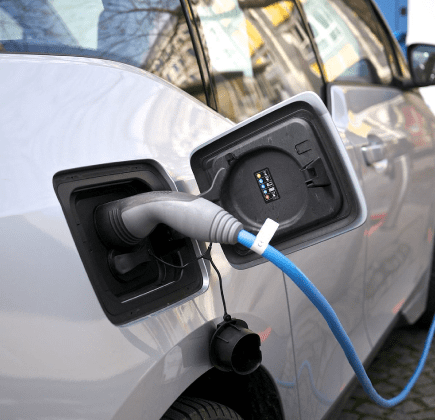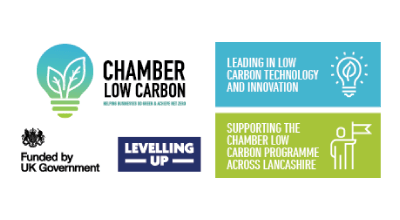- UK: 01282 421 489
- IE: 00 353 913 981 80

One way or another, 2050 will be a pivotal year for the UK – the point at which we achieve our Net Zero target, or start facing the consequences for falling short of it. The good news is that right now, we’re making encouraging signs of progress – with commercial solar panels alone more popular than ever before – but we still need to step up our ambitions. That’s been underlined by a recent report from British trade body Solar Energy UK, which has set out a roadmap to treble solar PV capacity over the next eight years.
The report in question is called Lighting the Way, and details the policy and regulatory changes that the panel deems it necessary to, in their words, “unleash” the potential of solar energy in the UK. The report also outlines a number of key recommendations to reach the 40GW of operational capacity that the nation needs to remain on track to become a Net Zero economy by 2050.
What’s the background to the report?
As things stand, the UK is set to double its solar capacity by 2030, but we’ll need to do a lot more than that if we’re to successfully transition to a Net Zero economy by 2050. Even with twice as much solar capacity as we have right now (about 14GW), we’d still be 11GW behind the minimum capacity recommended by the Climate Change Committee. Notably, according to the CCC’s latest carbon budget, solar and wind will together need to make up about 75% to 90% of the UK’s electricity mix by 2035.
In December 2020, the government launched a new consultation to explore the financing and deployment of various renewable technologies that might be able to help us reach Net Zero. Up to 120GW of solar capacity has already been mooted as a potential way to quadruple our national green energy output by 2050.
Following the launch of this consultation, under several scenarios that the government is considering, our national solar capacity could ultimately reach 80GW to 120GW. Even the lower of those estimates may only be barely enough to scrape us through; the CCC says that between 75GW to 90GW of solar capacity will be required for us to reach Net Zero by 2050. Another target from the National Infrastructure Commission is even stricter, maintaining that more than 120GW will be required for us to reach Net Zero.
Trebling our solar capacity, then, won’t solve the issue itself, but it could bring us a significant step towards reaching Net Zero. The UK needs to annually increase its capacity by at least 3GW, which is no mean feat, but there are clear and tangible rewards for success.
If we’re successful in unlocking at least 40GW of solar capacity by 2030, we’ll be able to shave 21.2 million tonnes off our carbon emissions every year, a figure equivalent to 4.7% of the UK’s emissions in 2019. What’s more, it would also deliver 13,000 jobs, create £17 billion in additional economic activity, and include a Compound Annual Growth Rate of 11%.
What does the report itself say?
If you’d like, you can read the entire report for yourself, but if you’re pressed for time we’ll sum up some of its key points here for you. Essentially, Solar Energy UK’s report calls on the government to set an official target to deliver 40GW of solar by 2030. It also proposes a range of policy amendments that could help to effectively treble solar capacity.
The authors’ recommendations span the residential, commercial and utility scale markets, and include (but are not limited to):
- Reforming business rates for commercial solar
- An end to VAT for solar energy systems
- Capital allowances to further encourage commercial solar uptake
- A continued focus on making the technology available for Contract for Difference auctions, to be held at least once annually
The report also assesses the impact of improved building standards for homes and commercial properties, including the funding of retrofitted solar on homes and public buildings, and changes to solar park planning definitions.
Lighting The Way sets out four possible scenarios for the future, depending on how the government reacts:
- Business as Usual
- Low Ambition
- Moderate Ambition
- Net Zero
Now, let’s explore them in a little more detail.
Business as Usual
This scenario is based on current government policies, and projection of those due to be implemented, and the results they’re likely to bring. The authors are clear that as far as they’re concerned, Business as Usual won’t be sufficient for us to reach Net Zero. While this scenario would see our current solar capacity double in size, it would still leave us 11GW short of what we need to hit our climate change commitments.
Low Ambition
This remains fundamentally based on the BAU scenario, but the main difference is that it assumes maximum success of all currently-implemented policies, as well as those already being planned. This is likely, but not yet guaranteed. We can’t be certain yet because where these sorts of policies are concerned, the exact implementation dates can often end up being moved (sometimes more than once), which makes more accurate forecasting quite difficult.
Moderate Ambition
This scenario is based heavily on Low Ambition, but crucially it assumes that the existing policies are extended to the end of the current UK parliament. For example, it assumes that the capital allowances (first announced in the March 2021 Budget) are re-scheduled to run until 2024, rather than 2023 as they currently stand.
Net Zero
Solar Energy UK’s most optimistic scenario is based on the Moderate Ambition scenario, but operates from the assumption that the existing policies are extended to the end of the decade in order to maximise solar deployment, irrespective of which government is in power. The exact year of implementation is as early as the authors at Solar Energy UK consider it’s feasible for the policy itself to have an impact.
As yet, it’s still a little early to tell how much we’ll be able to successfully scale ourselves up from Business as Usual; it all very much depends on governmental and societal action within the next few decisive years.
UK solar growth intensifies
Happily, there are already plenty of encouraging signs that this target might not be as insurmountable as it might have once appeared. In fact, the UK is something of a success story according to the report, and has continued to enjoy phenomenal re-growth domestic solar recently, despite several high-profile disruptions – firstly the closure to subsidy access in 2019, and then, of course, the seismic economic impact caused by the global coronavirus pandemic from 2020 onwards.
According to Solar Energy UK, about 175M of solar generation capacity was installed across Britain between January and March 2021. That’s almost three times as much as last year – just 60MW in Q1 2020. The UK’s total installed capacity is now 14GW, of which 1GW is completely subsidy-free.
But the authors of the report have cautioned against the temptation to coast on this success – it may be looking fairly rosy at the moment, but it will still take a determined and co-ordinated effort to push forward to Net Zero, especially given the findings from the IPPC report published last month.
Our national situation shares similarities with the picture on the wider global stage – we’re still decades away from solving climate change, but a clear upward trend is emerging. This year, global energy investment is expected to rebound to pre-pandemic levels, and the International Energy Agency (IEA) has predicted that we’re likely to see a 10% year-on-year increase in global energy investments from this year onwards. 70% of 2021’s global energy investment is expected to be funnelled towards renewables – particularly solar and onshore wind, with their average installation costs down by 10% and 5% respectively. In fact, by 2030, solar is set to become the world’s most economic generation source.
So – how does this affect you?
All this has a number of tangible and long-term effects for your business; to begin with, Corporate Social Responsibility is only going to become more important to consumers as time goes on, as the public will expect businesses to demonstrate an appropriate awareness of their own impact on the environment, and commit to mitigating this impact.
Solar panels are an excellent way to demonstrate your Corporate Social Responsibility to customers, investors and potential business partners, helping you stay competitive and giving you a tangible edge over your less sustainably-minded competitors. What’s more, there are a whole host of advantages associated with adopting solar energy for your own premises, including increased energy security, and significant cuts to your energy bills.
Here at Low Carbon Energy, we have over 30 years of combined experience in helping SMEs, large corporations and public organisations across a wide variety of sectors transform their energy supply with commercial solar.
Each one of our installations is bespoke, and we tailor your solution on your specific energy profile, helping us to maximise carbon reductions and save you up to thousands of pounds in energy bills. Feel free to take a quick look at our case studies, including our recent contract for Boohoo PLC, or give us a call today on 01282 421 489!
 Energy Technology
Energy Technology

Inspiring change today
Call us on 01282 421 489

